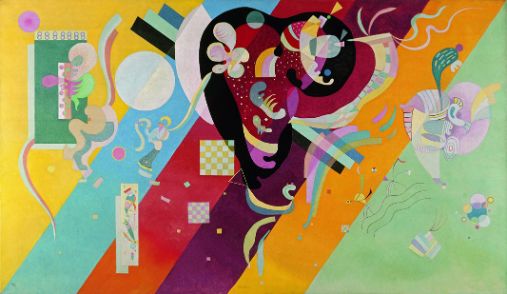About the project
The distinction between sense perception and cognition is basic to our pre-scientific conception of the mind, and has been of momentous importance in the history of philosophy. Recent developments in philosophy and the cognitive sciences, though, call for re-examination of the difference between sense and thought.
In light of these new developments, a thorough investigation that focused directly on the boundary between these two central mental capacities was called for.
- Is there a clear distinction at all?
- Is there one contrast or many?
- Is there continuity or discontinuity?
- If there is an important distinction, how is it to be characterized?
In order to understand the boundary between perception and cognition, a novel and systematic approach was needed.
Objectives
This project considered four aspects of the boundary between perception and cognition and their interrelations.
- Temporality: is there a difference in the temporal profile of perception and cognition? If there is, how is it to be characterized, and what are its consequences?
- Conceptuality: in what ways are conceptual capacities involved in perception? Are there non-conceptual forms of cognition, and how, if at all, do these differ from non-conceptual forms of perception?
- Modularity: what should we make of the alleged modularity of perception in light of findings concerning top-down processing and sensory integration? To what extent does the involvement of attention in both perception and cognition pose a threat to modularity?
- Immediacy: is perceptual experience uniquely characterized by phenomenal immediacy, or does such immediacy also apply to some forms of cognition? How is phenomenal immediacy to be theoretically captured?
Time frame
2015-2018.
Financing
The Research Council of Norway, FRIPRO.
CSMN
The project was hosted by the completed Centre for the Study of Mind in Nature (CSMN).
Cooperation
The project involved a number of international and national collaborators.
List of collaborators
Timothy Bayne, Manchester University (UK)
Brit Brogaard, University of Miami (USA)/University of Oslo
Fabian Dorsch, EXRE - University of Fribourg (Switzerland)
Mette Hansen, University of Bergen (Norway)
Uriah Kriegel, Institut Jean Nicod, Ecole Normale Supérieur (France)
Fiona Macpherson Centre for the Study of Perceptual Experience – University of Glasgow (UK)
Michelle Montague, University of Austin (USA)
Susanna Siegel, Harvard University (USA)
Barry C. Smith, Centre for the Study of the Senses - Institute for Philosophy (UK)
Maja Spener, University of Birmingham (UK)
Events
The Thought and Sense Conference
Time and place: Nov. 2 – Nov. 4, 2017, University of Oslo. Blindern Campus.
This conference was dedicated to exploring the nature of the contrast, or contrasts, between perception and cognition. It brought together the main issues of the Thought and Sense project.
